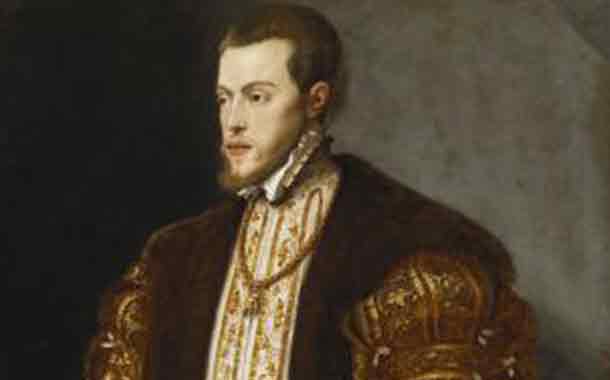<![CDATA[A group of Greek anthropologists have confirmed that bones discovered in a two chambered imperial tomb in Vergina, a city about a hundred miles away from the mysterious burial mound in Amphipolis, undoubtedly belong to Alexander the Great's father, the Macedonian King Philip II. The anthropological study scrutinized some 350 bones and fragments discovered in two caskets, or larnakes, in the tomb. It revealed trauma, activity markers and pathologies that assisted identifying the occupants of the tomb. The head of the anthropological study said that together with the burned remains of King Philip II, the burial, generally designated as Tomb II, contained the bones of a female warrior, probably Theodore Antikas, the daughter of the Skythian King Atheal. The findings of the study are expected to be published at the Archaeological Museum of Thessaloniki next Friday. The study aims to settle a decades-long debate over the king's cremated skeleton. Academics have argued over King Philip II's skeleton ever since Greek archaeologist Manolis Andronikos first uncovered the tomb back in 1977-78. According to English classicist Nicholas Hammond, Manolis excavated a big mound - the Great Tumulus - at Vergina. A total of three tombs were found in the tumulus. The first one called Tomb I, had been plundered, but still contained a spectacular wall painting of the Rape of Persephone, together with scraps of human remains. Tomb II had not been looted, and held the nearly complete burned remains of a male skeleton in the central chamber, and the burned remains of a female in the anteroom. Valuable items found in the tomb include bronze and silver vessels, two gold larnakes, gold wreaths, armour and weapons. Tomb III had also been spared from looting, and contained a silver funerary vase which enclosed the bones of a male, as well as innumerable ivory reliefs and silver vessels. The greater part of the scholarly debates was on the inhabitants of Tomb II. One group of scholars argued that the inhabitants were Philip II with one of his two wives, Cleopatra or Meda. The other group argued that the inhabitants were Philip III Arrhidaeus, Alexander the Great's stepbrother, and his wife Eurydice, who took the throne after the death of Alexander. Alexander's father, King Philip II, was a dominant fourth century B.C. military leader from the Greek empire of Macedon. He secured power in the Balkan Peninsula and Greece through the careful use of marriage, alliances, diplomacy and warfare. His mystifying tomb is one of the greatest unsettled mysteries of the primordial world. The anthropologists uncovered enough bone evidence to support the identification of King Philip II. The soldier king suffered several wounds according to historical accounts. The anthropologists said that the remains in Tomb II had symbols of chronic pathology on the instinctive surface of a number of low thoracic ribs, indicating pleuritis.]]>
Anthropologists Confirm Finding the Remains of Alexander the Great's Father
